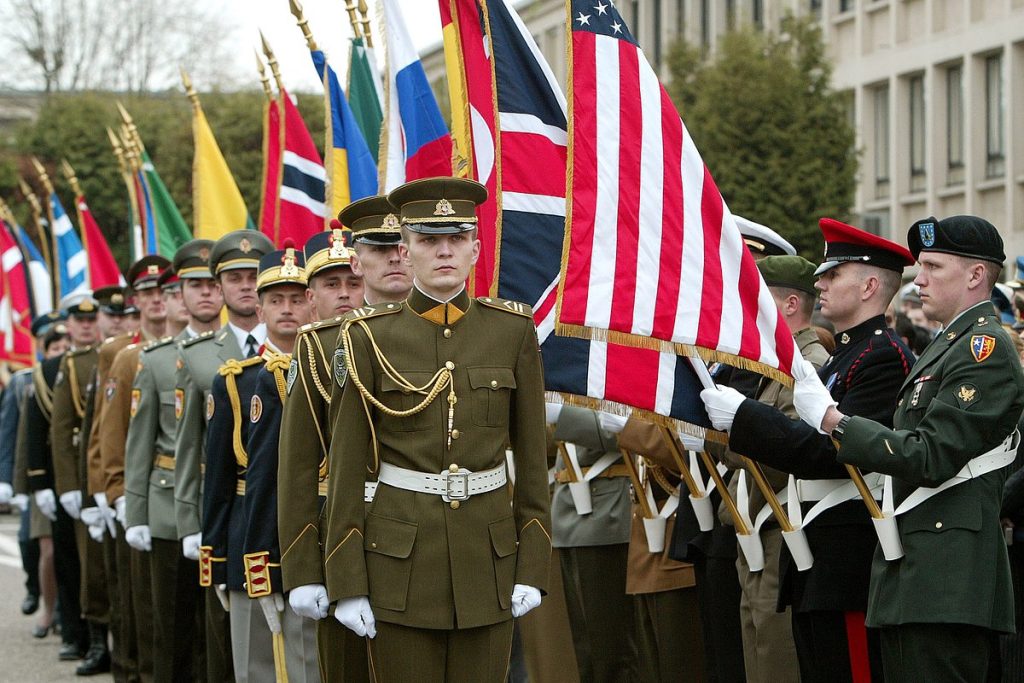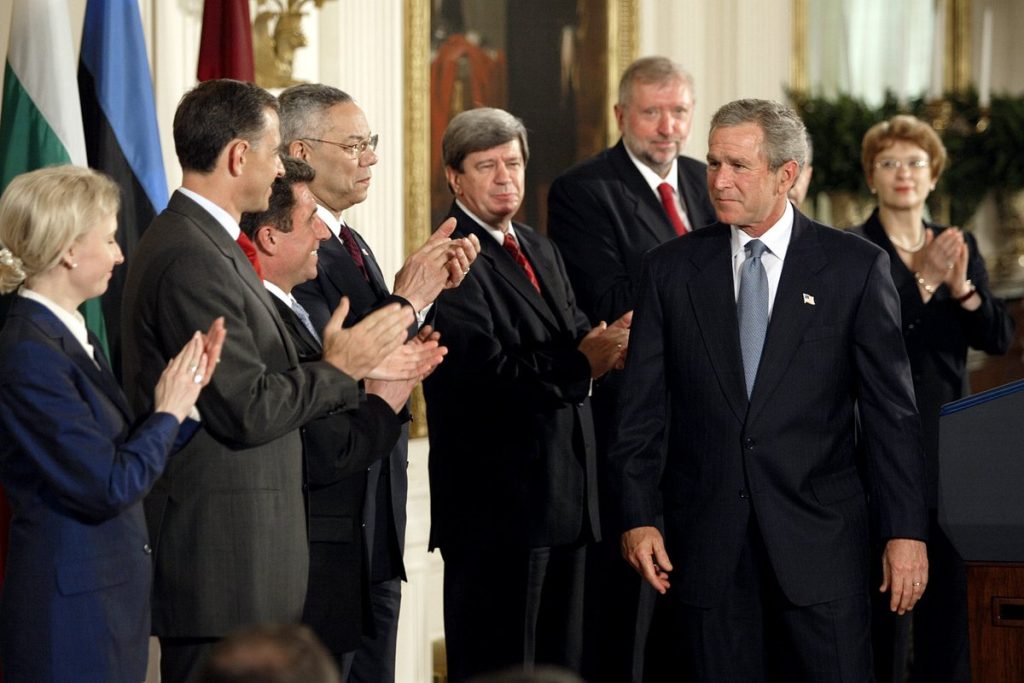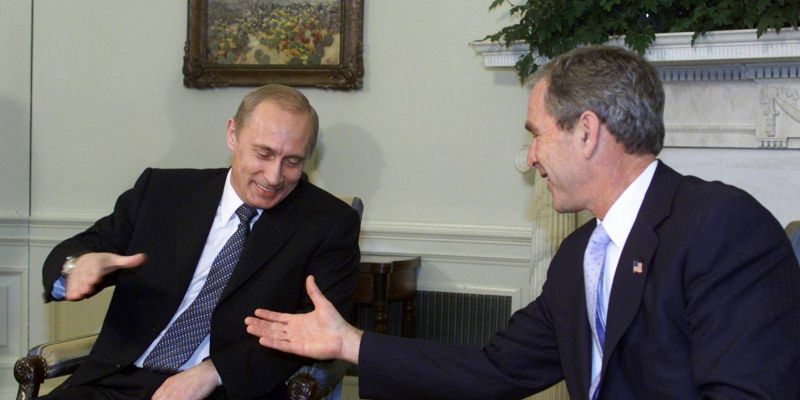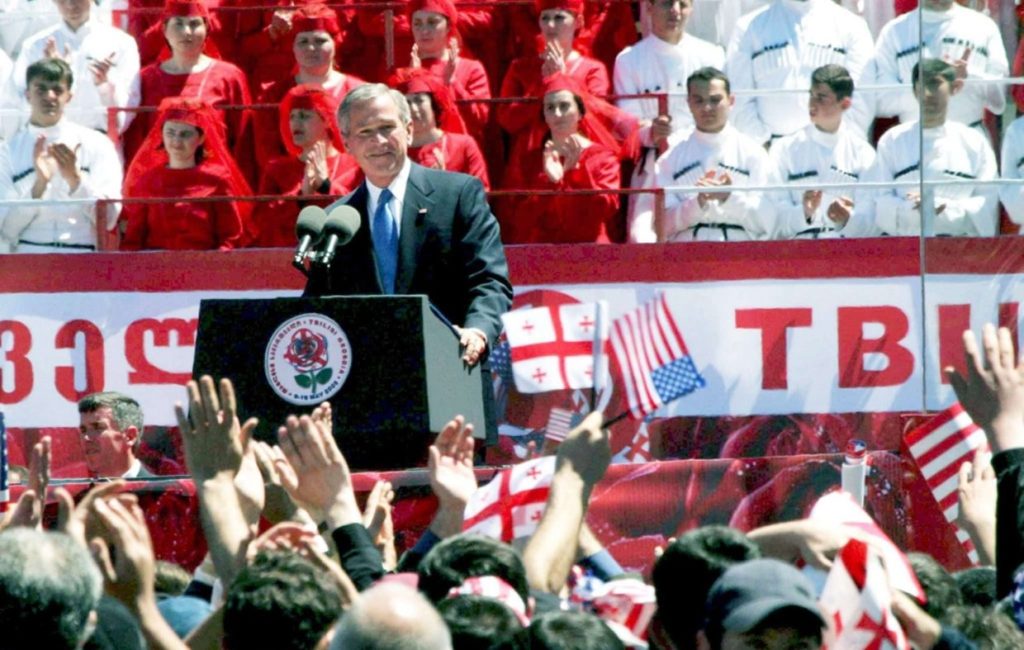On March 29, 2004, seven countries from the former socialist bloc joined NATO, sparking intense debate in Russia. Foreign Minister Sergey Lavrov criticized the decision as misguided. This expansion coincided with a more considerable enlargement of the European Union, leading to widespread protests in Ukraine and the election of Viktor Yushchenko, a proponent of closer ties with Europe and the Atlantic. Meanwhile, Georgia had already experienced the “Rose Revolution.”
The dissolution of the USSR and the United States’ victory in the Cold War raised profound questions about NATO’s eastward expansion and the resulting changes in Russia’s foreign policy. The 2004 expansion was unprecedented in scale, incorporating former USSR countries like Latvia, Lithuania, and Estonia. Even in the 1990s, there were significant concerns in the United States about the potential dangers of admitting these countries to NATO, as it could escalate tensions with Russia. Joe Biden, then leading the Senate Committee, shared this view.
This expansion occurred during a brief period of improved relations between Russia, America, and NATO.

Military personnel from the seven new NATO member countries at the expansion ceremony, Brussels, April 2, 2004.
The decision to expand in 2002 followed the September 11 attacks, a time when Russia’s relations with the USA and NATO were solid, marked by close partnerships between Vladimir Putin and George W. Bush Jr.
At that time, there were suggestions that Russia might even seek unofficial membership in NATO, a notion Putin himself entertained. However, this expansion reduced NATO’s suspicion of Russia, facilitating the smooth admission of the Baltic countries. The prevailing attitude was that there was no need to fear Russia’s adverse reaction if it actively sought closer ties with NATO.
Russia’s lack of a strong negative response to the first wave of expansion in 1999 also influenced the 2004 expansion decision. George W. Bush Jr.’s neoconservative administration, focused on establishing global Western dominance, was in power in the USA. This ambition was demonstrated by the 2003 invasion of Iraq.
During this period, NATO was at the height of its power, while Russia, still reeling from the Cold War, was seen as weak and needed to adapt to Western influences.
Therefore, Clinton’s administration chose strategic regional countries like Poland, Hungary, and the Czech Republic for NATO membership.

The Foreign Ministers of the seven future NATO member countries greet US President George Bush at the White House, Washington, May 8, 2003.
The primary motivation behind the 2004 expansion was the new members’ desire to escape Russia’s orbit and permanently distance themselves from Russia, a goal reinforced by their institutional integration into the Western world.

Russian President Vladimir Putin and US President George W. Bush in the Oval Office of the White House on November 13, 2001.
The geopolitical context was different when Putin and Bush met in 2001—including Romania and Bulgaria in NATO significantly enhanced the alliance’s influence in the Black Sea region, where Turkey had previously been the sole NATO member. With these additions, NATO controlled about half of the Black Sea coast, strengthening its position in South-East Europe and posing risks to Russia. This development likely influenced Russia’s decision to reinforce its positions in Sevastopol and Crimea.
NATO also established its most extensive military base in Constanța, Romania, surpassing the American air base in Ramstein, Germany. The Baltic countries’ accession to NATO boosted their confidence and willingness to confront Russia.
The challenge of protecting these countries, from a military-technical and geopolitical perspective, became a pressing concern as relations between Russia and NATO worsened, leading to a hybrid war. The Baltic states’ NATO membership set a precedent for other former Soviet countries, with Ukraine and Georgia soon following suit.

US President George W. Bush spoke at Liberty Square in Tbilisi – May 10, 2005.
Bush’s speech in Tbilisi in 2005 foreshadowed the 2008 war with Georgia and the 2014 crisis in Ukraine, which escalated into a full-scale hybrid war between Russia and the West, culminating in the most extensive military conflict since World War II.
Russian experts believe that the NATO accession of Latvia, Lithuania, and Estonia, coupled with Russia’s inadequate response, laid the groundwork for the war in Ukraine.

